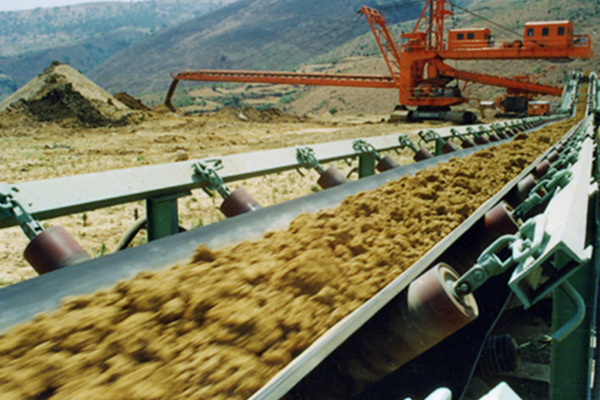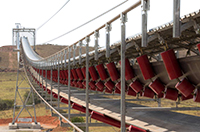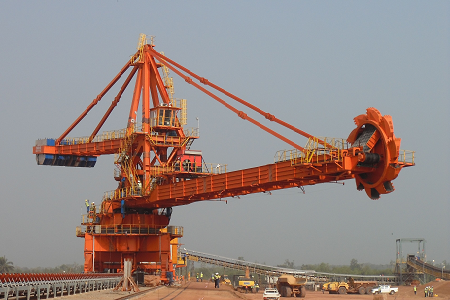How to choose the right belt conveyor is very important! The belt conveyor is currently a very widely used conveyor equipment, and various forms of belt conveyors can be seen in the conveyor lines of almost all industries. In the process of material transportation,belt conveyor for bulk materials belt conveyors play a very important role. Therefore, how to correctly choose belt conveyors is also crucial. In the material transportation process of various industries, the belt conveyor plays a transitional role connecting the past and the future, and is also an important auxiliary equipment in the production line.

Belt conveyors are widely used in metallurgy, coal, transportation, hydropower, chemical and other sectors because of its advantages such as large capacity, simple structure, convenient maintenance, low cost, and strong versatility.
Belt conveyors are also used in building materials, electric power, light industry, food, ports, ships and other sectors.
We have summarized some key points when purchasing a belt conveyor
1. Conveyor selection parameters that need to be determined before purchase: what is the product model; product quotations from different conveyor manufacturers; mesh belt width; conveying capacity; noise level; service life; wear resistance; material texture used;
Second, the quality identification of the turning conveyor: 1. Check the appearance to see if the paint and parts are in good condition. 2. Operate according to the instructions and check whether the parts are working normally. 3. It depends on whether the supporting accessories of the belt conveyor of this model are complete, such as the certificate, instructions, and three packs of cards.
3. After-sales service: 1. Whether the after-sales service is timely, the general manufacturer promises 48 hours, but few domestic and international companies can do it. 2. After-sales cost
At the same time, pay attention to the working environment in which the belt conveyor is purchased:
1. Working environment, conditions and conditions
Need to consider the daily operating time, working frequency, service life of the belt conveyor, feeding and unloading methods.
Working environment and conditions: ambient temperature, open air or indoors, environmental protection requirements, mobile or fixed, telescopic requirements.
2. Problems with transmission lines and conveyor belts
The size of the transmission line needs to be considered in detail, including: inclination angle, maximum length, lifting height; straight line section, curve section size; connection size, etc.
Conveyor belt: maximum sag requirement, simulated friction resistance coefficient, friction coefficient, safety factor.
3. The nature of the material and the delivery volume
The specific properties of the material need to be considered, including: loose density, angle of repose, material size, maximum lumpiness, material humidity, material abrasion, cohesiveness and friction coefficient. Conveying volume, the conveying volume that can be directly reached when the material flow is uniform, and the basic statistical data of the material flow can be considered when the material flow is uneven.








